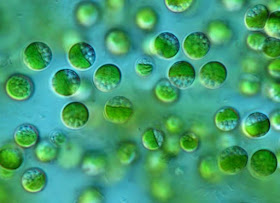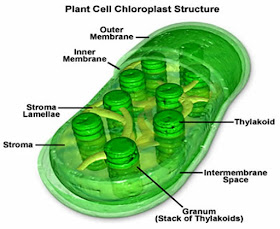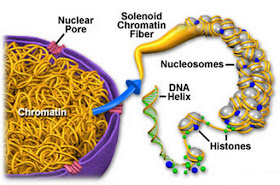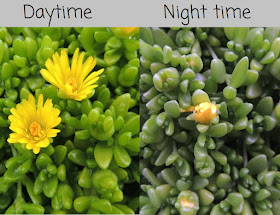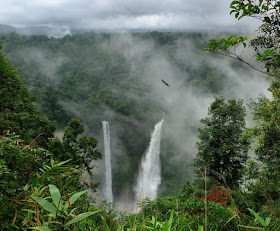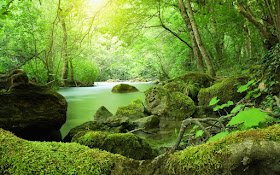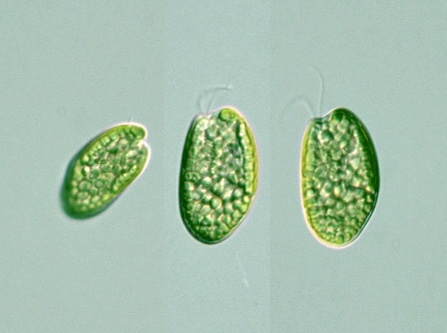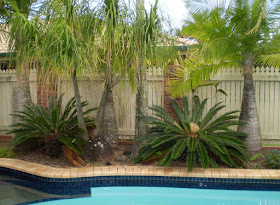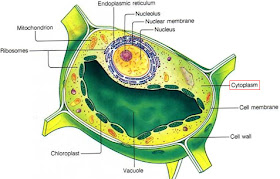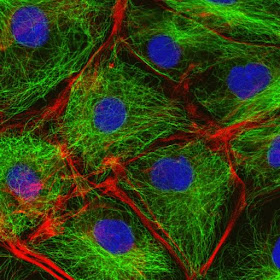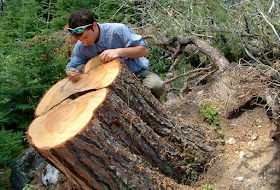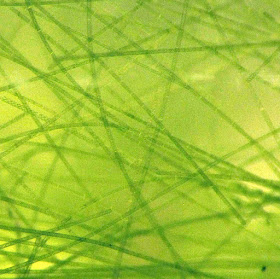 |
| Spirogyra |
It is almost impossible not to see Spirogyra floating on the surface of a pond on a hot summer day, but most people dismiss it as pond scum. Few realize that what they are looking at is a member of the Charophyceae, a class in the phylum Chlorophyta, or green algae, and a cousin of the ancestor of the Embryophyta, or bryophytes and vascular plants.
Most Charophyceae, like Spirogyra, live in freshwater habitats, but some also occur in moist soil in terrestrial habitats. Charophyceae can live as single cells, colonies, or branched and unbranched filaments and come in a variety of shapes.
The characteristics that unite members of the class—and which link them with the embryophytes—include flagellated cells (similar to sperm cells in vascular plants), a nuclear envelope that breaks down during mitosis, mitotic spindles that persist as phragmoplasts (a type of cytoskeletal scaffolding) through cell division either by furrowing or by forming a cell plate, the presence of chlorophylls a and b and phytochrome, and the storage of starch inside plastids.

